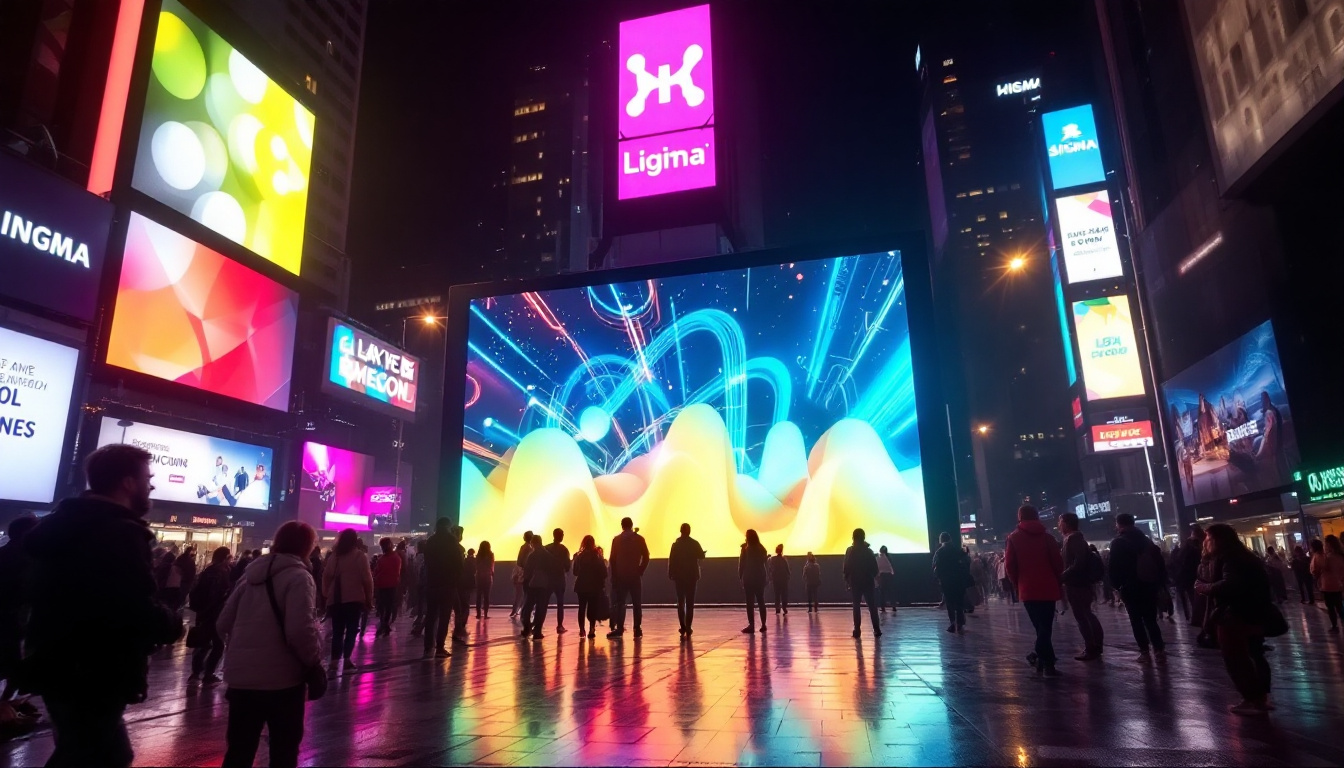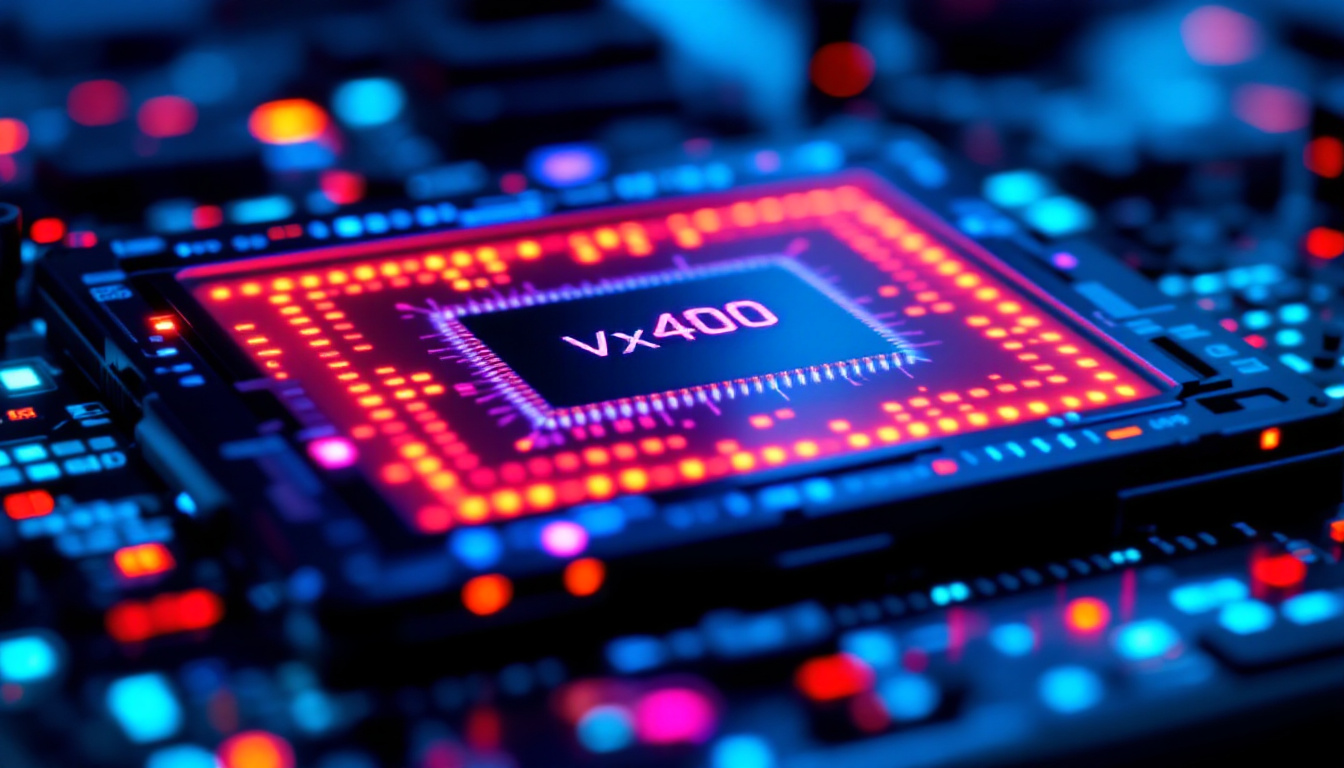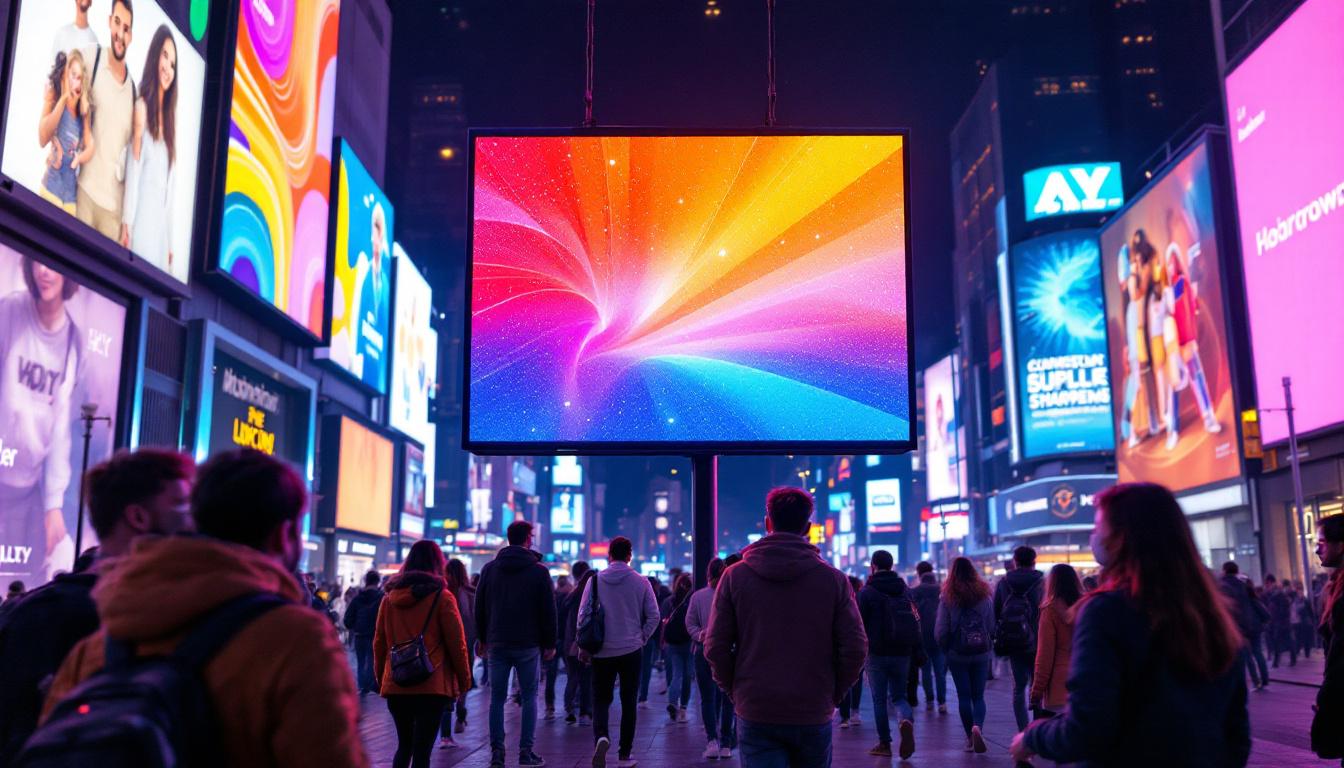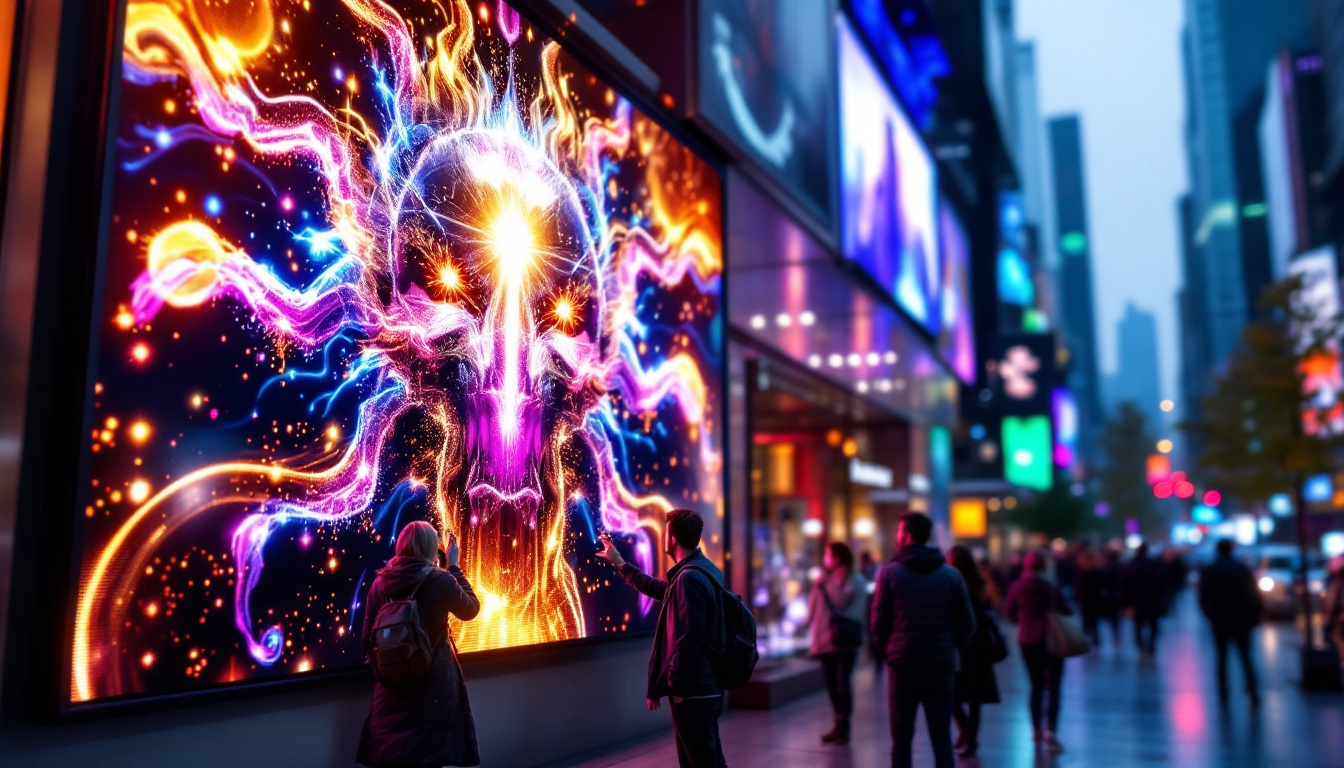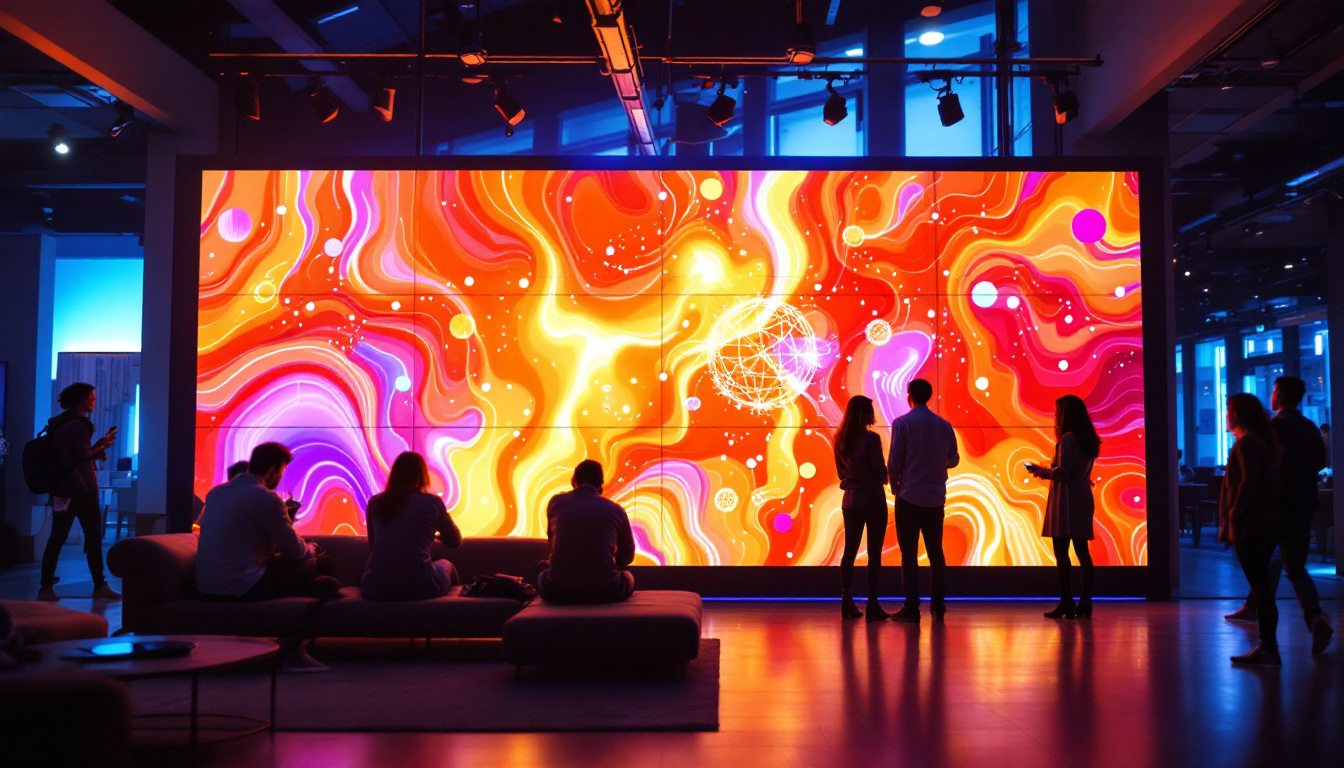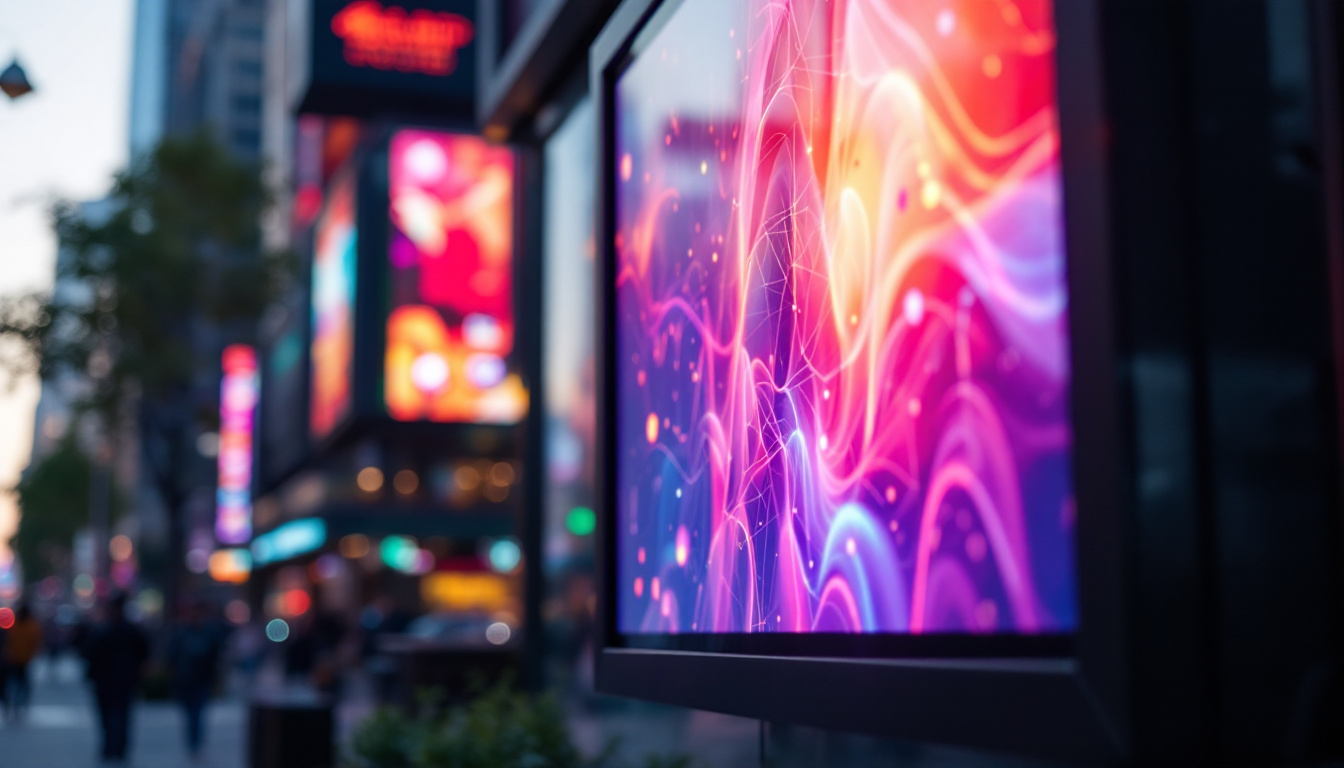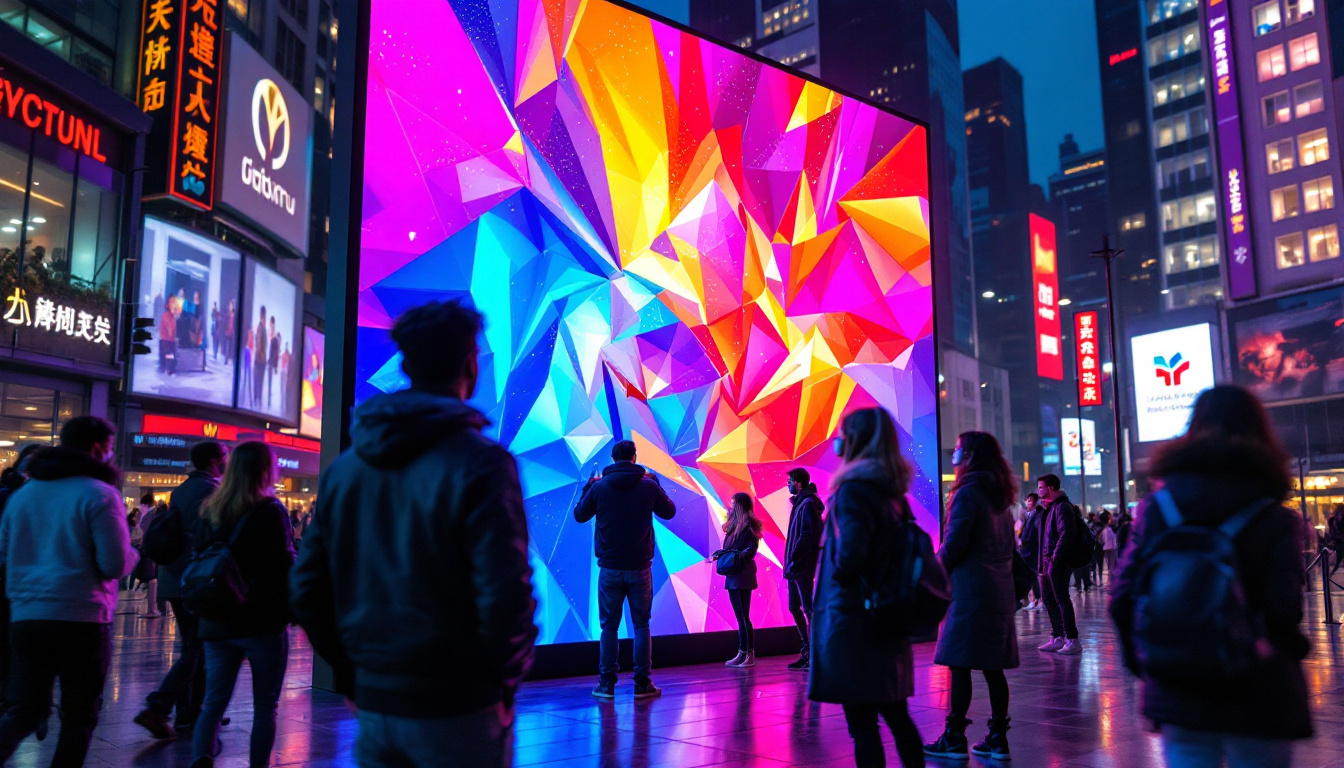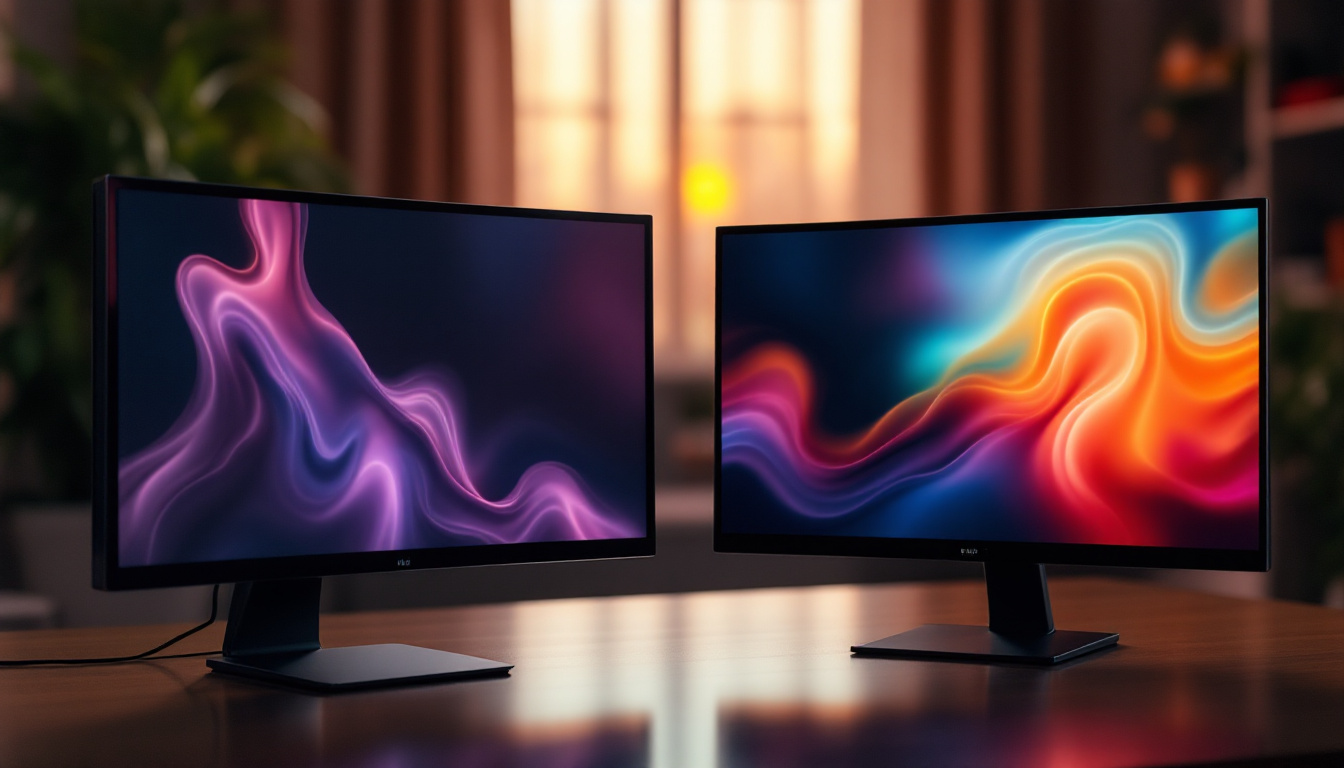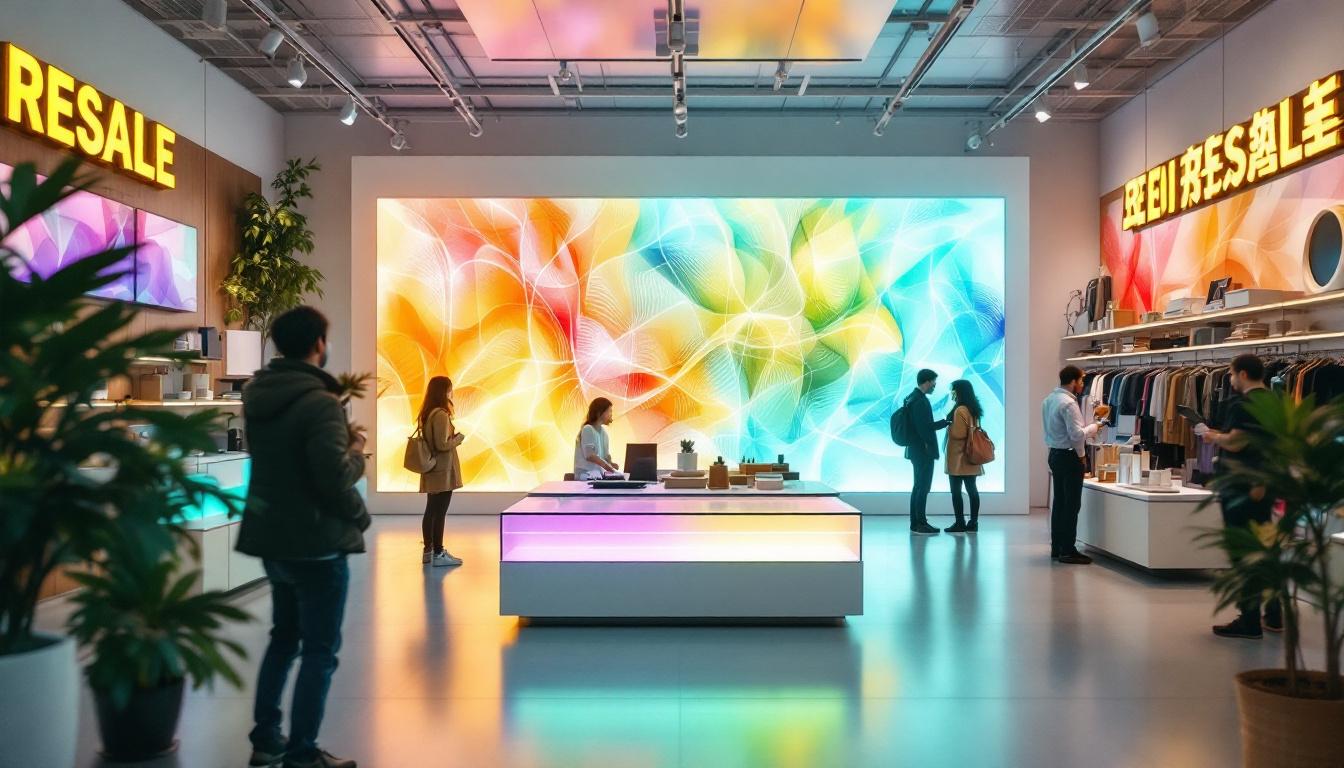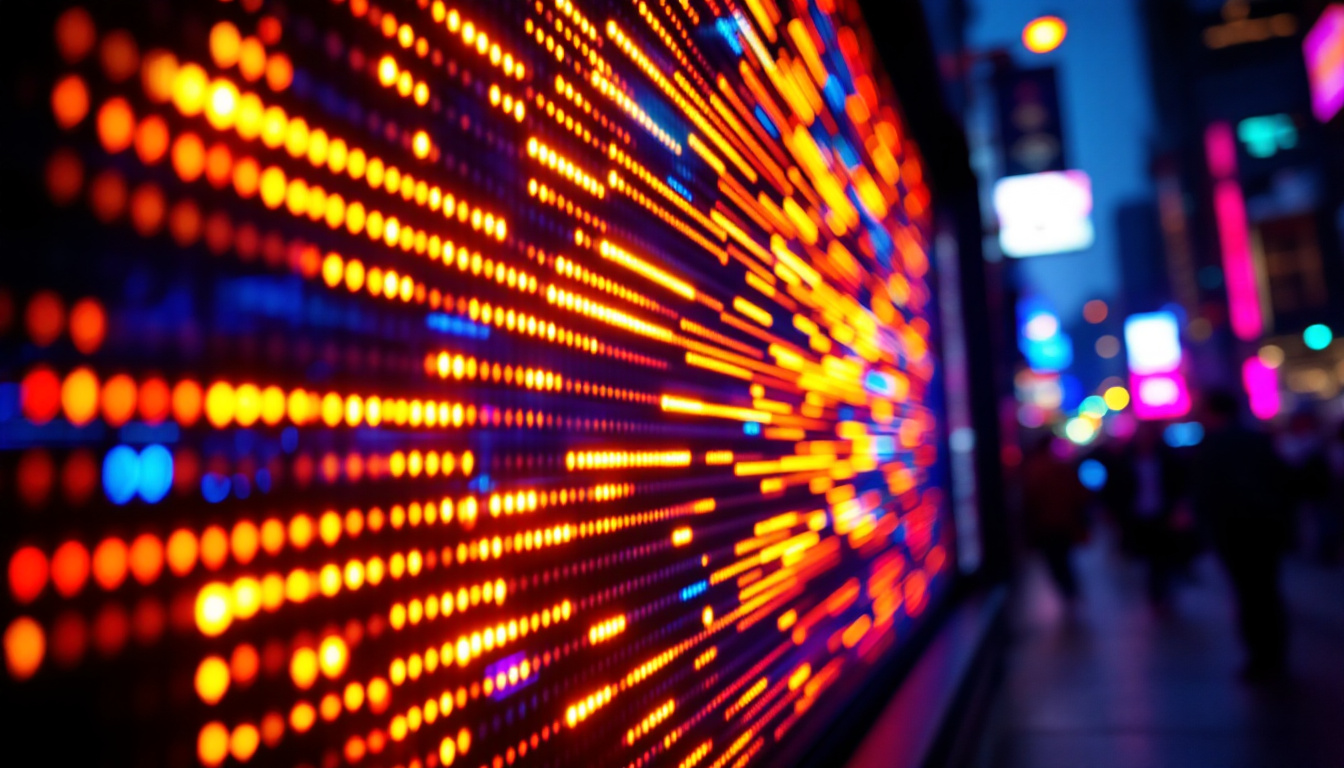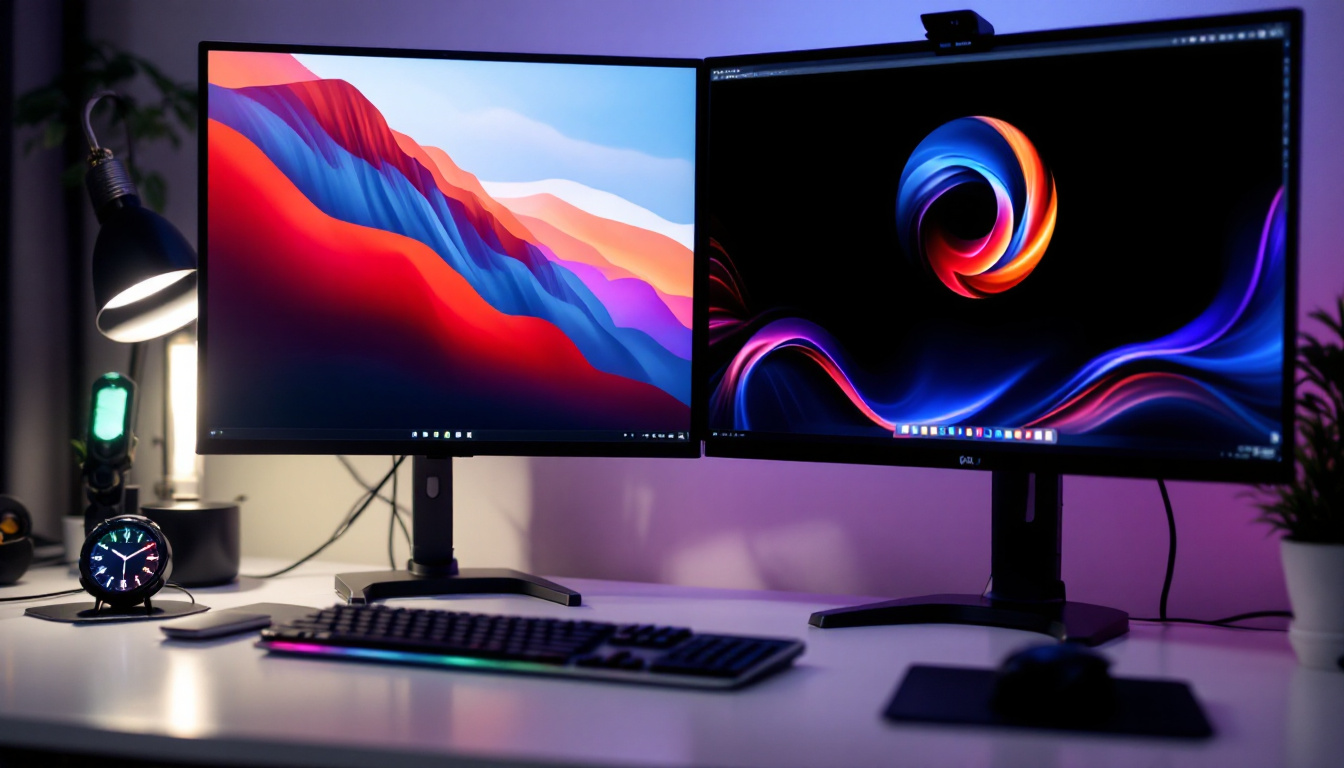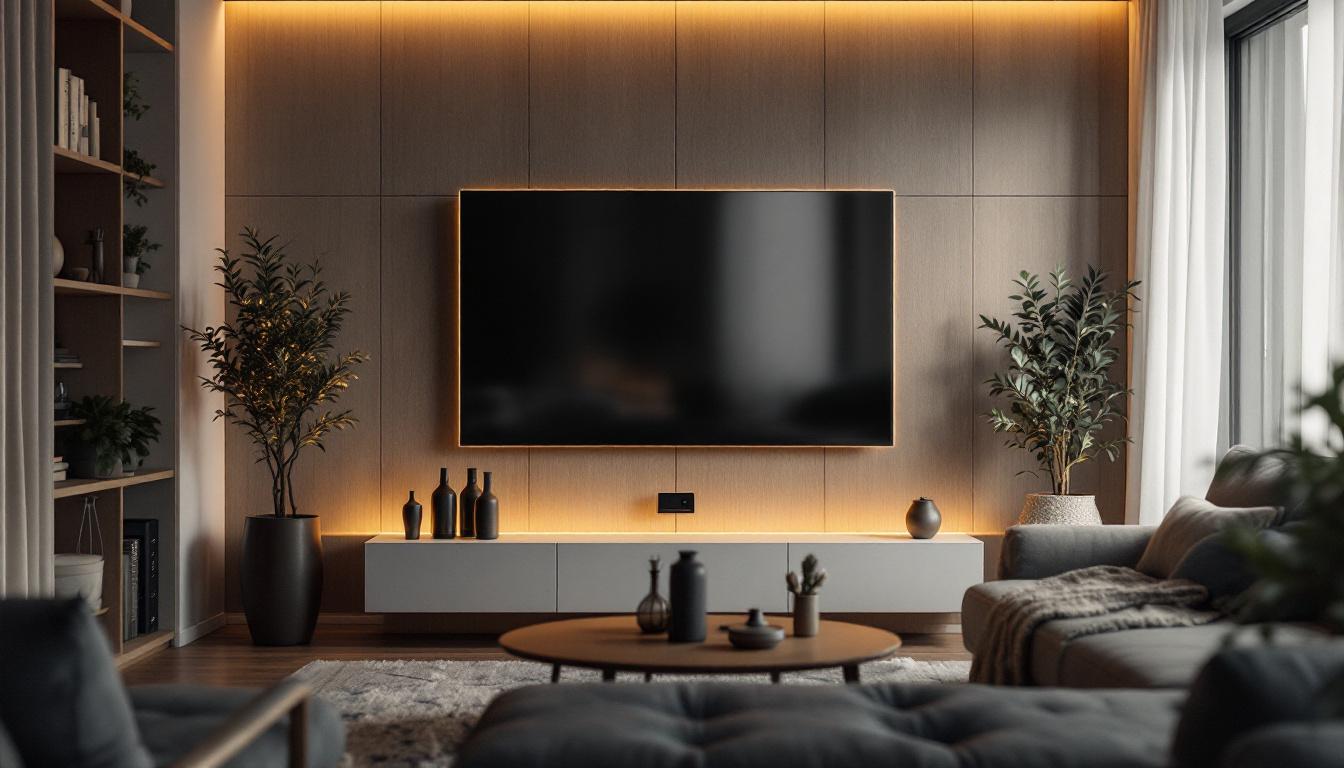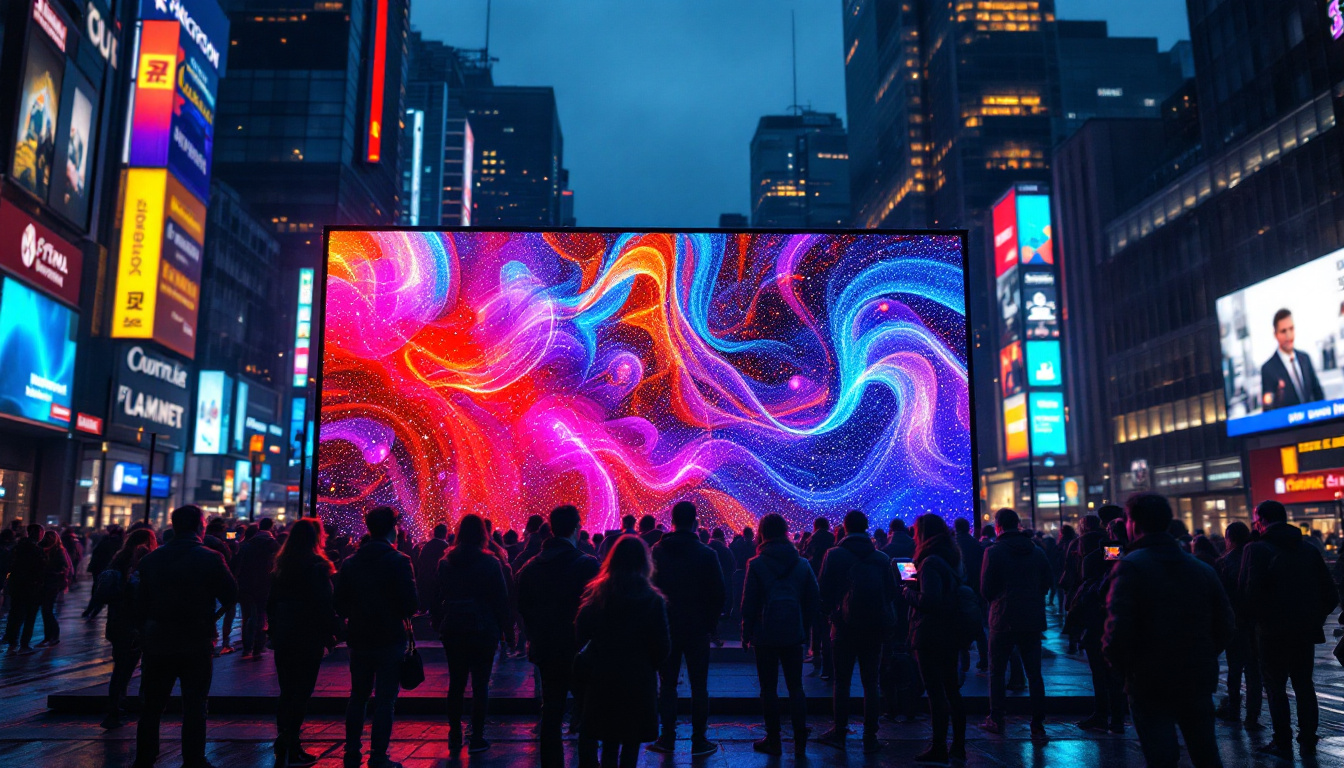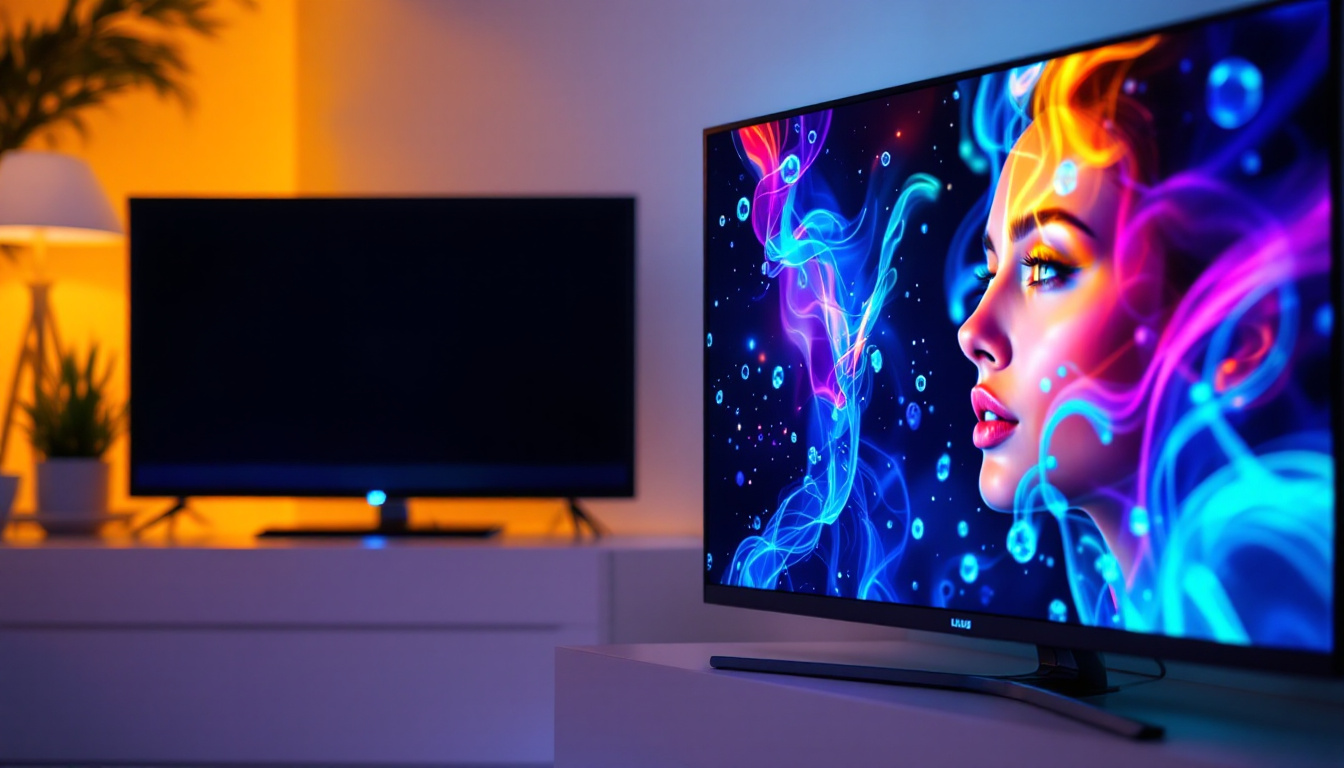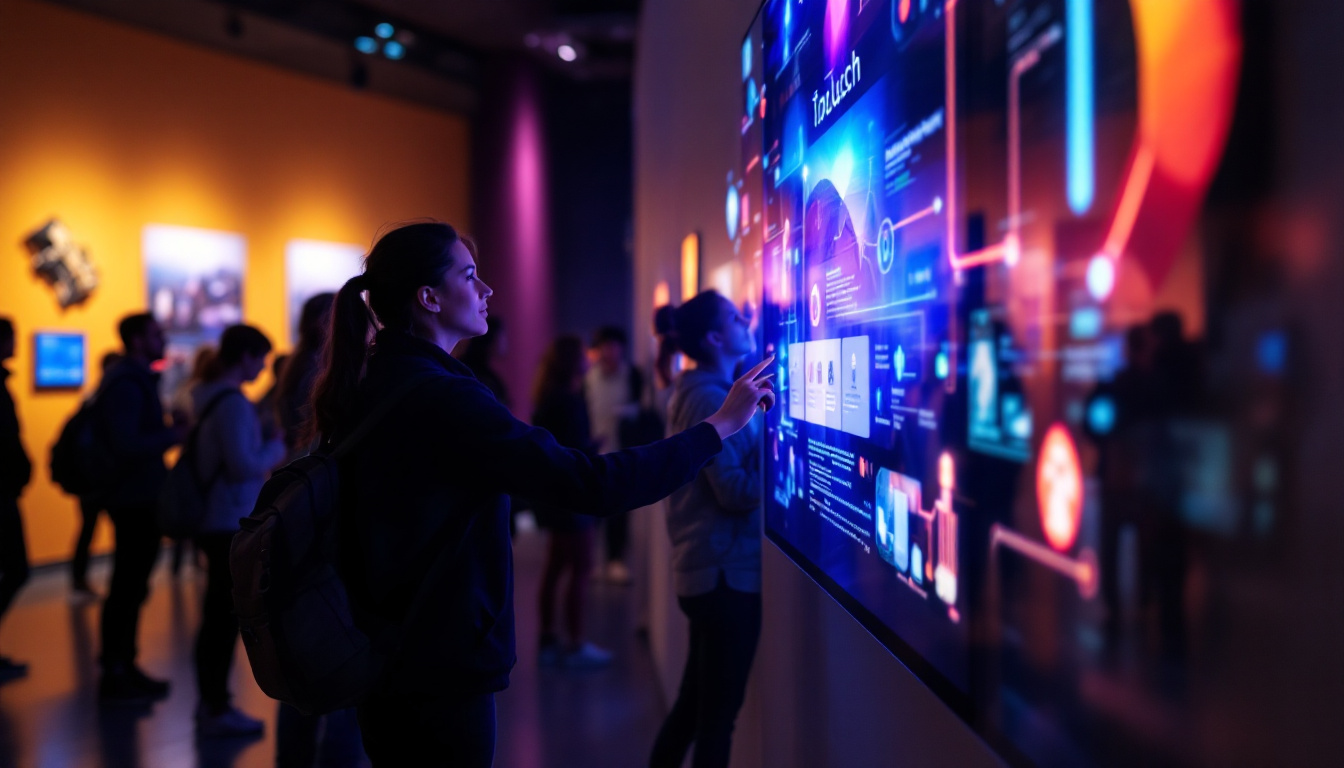The world of display technology is continuously evolving, with high refresh rate LED displays becoming increasingly popular among consumers and professionals alike. These displays offer smoother visuals and enhanced user experiences, making them ideal for a variety of applications, from gaming to professional video editing. This article delves into the intricacies of high refresh rate LED displays, exploring their benefits, technology, and applications.
Understanding Refresh Rate
At its core, refresh rate refers to the number of times per second that a display updates its image. Measured in hertz (Hz), this metric plays a crucial role in determining how fluid and responsive a display feels to the user. A higher refresh rate results in smoother motion and reduced motion blur, which is particularly beneficial in fast-paced scenarios. For instance, in competitive gaming, where split-second decisions can mean the difference between victory and defeat, a higher refresh rate can provide a significant edge. Additionally, the technology behind refresh rates has evolved, with advancements such as variable refresh rates (VRR) allowing displays to synchronize with the frame rate of the content being played, further enhancing the visual experience.
What is a High Refresh Rate?
Typically, standard displays operate at a refresh rate of 60Hz, meaning they refresh the image 60 times per second. However, high refresh rate displays can operate at 120Hz, 144Hz, or even higher, catering to the demands of modern applications. These higher rates significantly enhance the viewing experience, particularly in gaming and video playback, where every millisecond counts. For example, many esports titles are optimized for 144Hz displays, allowing gamers to see more frames per second, which can be crucial for tracking fast-moving opponents. Moreover, as technology continues to advance, we are beginning to see displays that support refresh rates of 240Hz and beyond, pushing the boundaries of what is possible in visual fidelity.
How Refresh Rate Affects Visual Experience
The impact of refresh rate on visual experience cannot be overstated. A higher refresh rate reduces motion blur, making fast-moving objects appear clearer. This is particularly important in gaming, where players need to react quickly to on-screen action. Furthermore, higher refresh rates can reduce eye strain during prolonged use, contributing to a more comfortable viewing experience. In addition to gaming, higher refresh rates are becoming increasingly relevant in other areas, such as video editing and content creation, where smooth playback is essential for accurate work. The difference can also be felt in everyday activities, such as scrolling through social media or browsing the web, where a higher refresh rate can make interactions feel more seamless and responsive. As consumers become more aware of these benefits, the demand for high refresh rate displays is likely to continue to grow, influencing the future of display technology.
Technology Behind High Refresh Rate LED Displays
High refresh rate LED displays utilize advanced technology to achieve their impressive performance. Understanding the underlying technology helps to appreciate the capabilities and limitations of these displays.
LED Technology Explained
LED (Light Emitting Diode) technology has revolutionized display screens, providing brighter images with improved energy efficiency compared to traditional LCDs. In LED displays, each pixel is illuminated by tiny diodes, allowing for better color accuracy and contrast. This technology is particularly beneficial in high refresh rate displays, where rapid changes in image content demand quick response times. The ability of LEDs to turn on and off almost instantaneously contributes to a smoother viewing experience, especially in fast-paced video games and action-packed movies. Furthermore, advancements in LED technology, such as Quantum Dot and Mini-LED, have further enhanced color reproduction and dynamic range, making these displays even more appealing to consumers.
Variable Refresh Rate Technologies
Variable refresh rate (VRR) technologies, such as NVIDIA’s G-Sync and AMD’s FreeSync, have emerged to further enhance the performance of high refresh rate displays. These technologies synchronize the display’s refresh rate with the frame rate output of the graphics card, minimizing screen tearing and stuttering. This synchronization is crucial for gamers who demand the best visual performance. By adapting the refresh rate in real-time, VRR technologies provide a seamless gaming experience, allowing for smoother motion and reducing lag. Additionally, these technologies are increasingly being integrated into various multimedia applications, including video editing and graphic design, where precision and fluidity are paramount. As a result, the demand for displays that support VRR continues to grow, pushing manufacturers to innovate and improve their offerings to meet consumer expectations.
Benefits of High Refresh Rate Displays
The advantages of high refresh rate LED displays extend beyond just gaming. They offer a range of benefits that can enhance various activities, from professional work to casual media consumption.
Enhanced Gaming Experience
For gamers, a high refresh rate display can be a game-changer. The increased frame rates allow for smoother gameplay, which can be the difference between winning and losing in competitive environments. Additionally, the reduced input lag means that actions taken with a controller or keyboard are reflected on-screen almost instantaneously, providing a more responsive gaming experience.
Improved Motion Clarity
In fast-paced movies or sports broadcasts, high refresh rates improve motion clarity, making it easier to follow action on-screen. This clarity is particularly beneficial for viewers who enjoy watching high-octane sports or action films, as it reduces blurriness and enhances overall visual fidelity.
Better Productivity
For professionals working with video editing or graphic design, high refresh rate displays can enhance productivity. The smooth transitions and reduced motion blur allow for more accurate editing and a better overall workflow. In addition, high refresh rates can help reduce eye strain, making long hours of work more comfortable.
Applications of High Refresh Rate LED Displays
High refresh rate LED displays are versatile and find applications in various fields. Their ability to deliver smooth visuals makes them suitable for a wide range of uses.
Gaming
As mentioned earlier, gaming is one of the primary applications for high refresh rate displays. Competitive gamers often prefer monitors with refresh rates of 144Hz or higher to gain an edge over their opponents. The smoothness of gameplay, combined with reduced input lag, provides a significant advantage during intense gaming sessions.
Professional Video Production
In the realm of video production, high refresh rate displays are essential tools for editors and cinematographers. The ability to view footage in real-time without lag allows for precise editing and color grading. Professionals can also benefit from the accurate color reproduction that LED technology offers, ensuring that the final product meets industry standards.
Home Entertainment
High refresh rate displays are also making their way into home entertainment systems. With the rise of high-definition content and streaming services, viewers can enjoy movies and shows with enhanced clarity and smoothness. Whether watching sports, action movies, or playing video games, the benefits of high refresh rates enhance the overall viewing experience.
Choosing the Right High Refresh Rate Display
When selecting a high refresh rate LED display, several factors should be considered to ensure the best fit for individual needs.
Resolution
Resolution plays a crucial role in the overall quality of the display. While a high refresh rate is essential, it should be paired with an appropriate resolution for optimal performance. Common resolutions include Full HD (1920×1080), Quad HD (2560×1440), and 4K (3840×2160). Higher resolutions provide more detail, but they also require more powerful hardware to drive the display effectively.
Panel Type
The type of panel used in the display can significantly affect performance. Common panel types include IPS (In-Plane Switching), TN (Twisted Nematic), and VA (Vertical Alignment). IPS panels are known for their superior color accuracy and viewing angles, while TN panels often offer faster response times. VA panels provide excellent contrast but may have slower response times compared to IPS and TN. Understanding these differences is crucial for selecting a display that meets specific needs.
Adaptive Sync Technology
As previously mentioned, adaptive sync technologies like G-Sync and FreeSync can enhance the performance of high refresh rate displays. When choosing a monitor, it’s essential to consider whether it supports these technologies, especially for gaming applications. Adaptive sync can significantly reduce screen tearing and stuttering, resulting in a smoother visual experience.
Future Trends in High Refresh Rate Displays
The future of high refresh rate displays is promising, with ongoing advancements in technology and increasing consumer demand. Several trends are shaping the direction of this industry.
Higher Refresh Rates
As technology progresses, displays with even higher refresh rates are becoming more common. Monitors with refresh rates of 240Hz and beyond are already available, and manufacturers are continuously pushing the boundaries. This trend is particularly relevant for gaming, where the demand for ultra-smooth visuals is ever-growing.
Integration of AI and Machine Learning
Artificial intelligence (AI) and machine learning are beginning to play a role in display technology. These technologies can optimize refresh rates and enhance image quality in real-time, providing an even more immersive experience. As AI continues to advance, it is likely to become an integral part of display technology, improving performance and user experience.
Increased Adoption in Various Industries
Beyond gaming and entertainment, high refresh rate displays are likely to see increased adoption in various industries, including medical imaging, design, and education. As the benefits of high refresh rates become more widely recognized, more sectors will leverage this technology to enhance their workflows and improve outcomes.
Conclusion
High refresh rate LED displays represent a significant advancement in display technology, offering smoother visuals and improved user experiences across a range of applications. Understanding the benefits, technology, and future trends of these displays is essential for consumers and professionals alike. As technology continues to evolve, high refresh rate displays will undoubtedly play a crucial role in shaping the future of visual experiences.
Discover the Future of Visuals with LumenMatrix
Ready to experience the pinnacle of high refresh rate LED display technology? LumenMatrix is at the forefront of innovation, offering a diverse range of LED display solutions tailored to elevate your visual communication. From immersive Indoor LED Walls to dynamic Sports Displays, our products are designed to captivate your audience and amplify your message. Embrace the future of display technology and check out LumenMatrix LED Display Solutions today to transform your visual experience.


